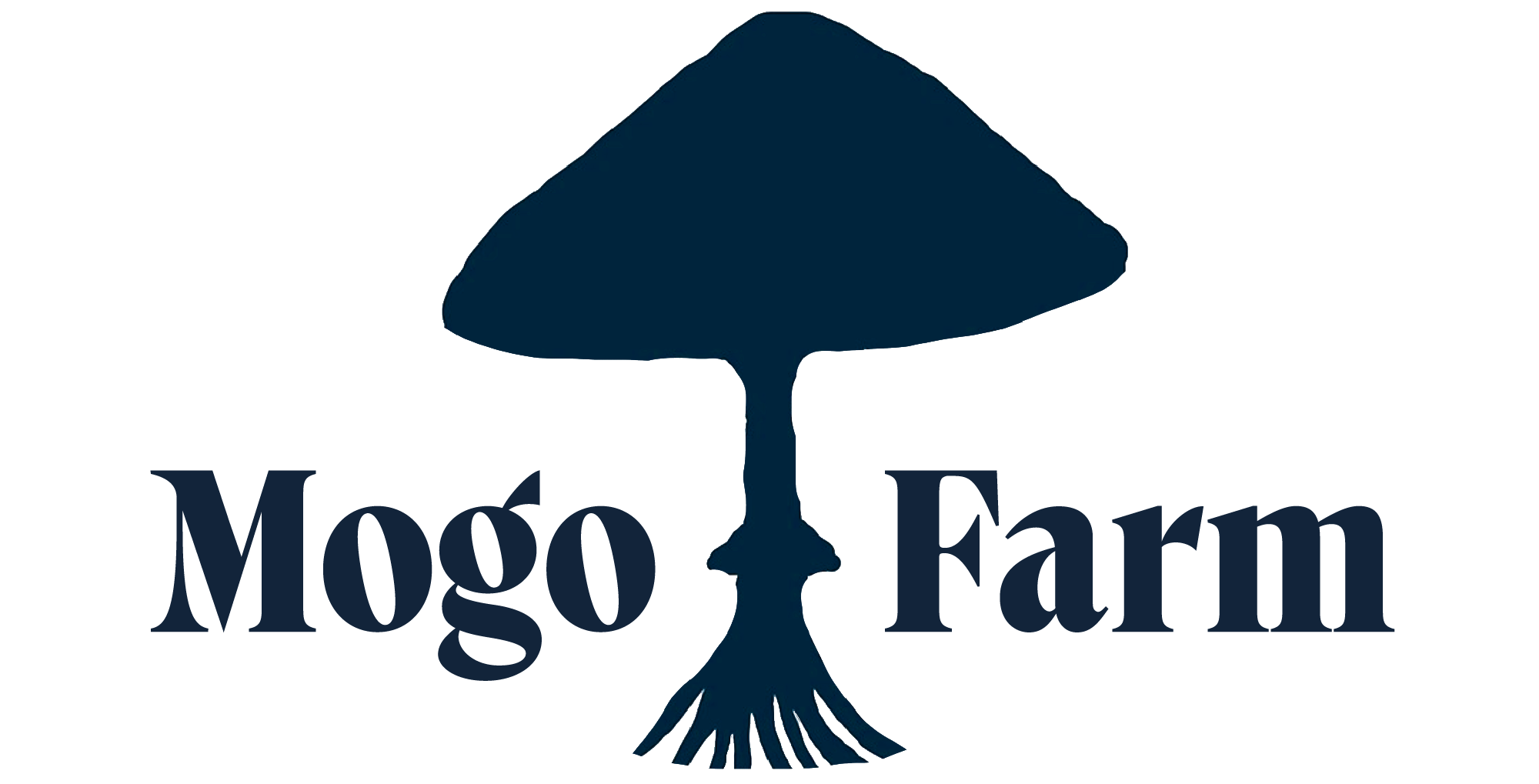Mushrooms have been celebrated across cultures for centuries, not only for their culinary delights but also for their medicinal, spiritual, and ecological significance. Below, we explore the historical and cultural uses of various mushrooms, providing a fascinating glimpse into their enduring legacy.
Reishi (Ganoderma Lucidum)
Historical Significance
Known as the “Mushroom of Immortality” in China, Reishi has been used for over 2,000 years in traditional Chinese medicine (TCM). It is highly regarded for its potential to enhance longevity and vitality.
Cultural Practices
China: Reishi was reserved for emperors and was believed to grant eternal youth and divine power.
Japan: Known as “Mannetake” (“10,000-year-old-mushroom”), it’s used in Kampo medicine for its adaptogenic properties.
Modern Applications
Research highlights Reishi’s potential in boosting immunity and its anti-cancer properties. Studies such as a 2020 review in Frontiers in Pharmacology outline its bioactive compounds’ therapeutic effects.
Learn More: Reishi Mushroom Research
Chaga (Inonotus Obliquus)
Historical Significance
Chaga has been a cornerstone of folk medicine in Siberia and other parts of Eastern Europe for centuries. It's often referred to as the “Gift from God” due to its purported properties.
Cultural Practices
Russia: Consumed as tea to treat gastrointestinal issues and boost overall health.
Northern Indigenous Cultures: Used as a tonic to treat infections.
Modern Application
Recent studies suggest Chaga’s potential as an antioxidant powerhouse. A 2019 study in the Journal of Ethnopharmacology discusses its anti-inflammatory and anti-tumour benefits.
Learn More: Chaga Health Benefits
Cordyceps (Cordyceps Militaris / Cordyceps Sinensis)
Historical Significance
Hailed as “Himalayan Gold”, Cordyceps has been a treasured ingredient in Tibetan and Chinese medicine for centuries.
Cultural Practices
Tibet: Used to increase stamina and treat respiratory ailments.
China: Included in soups and tonics to restore energy and vitality, particularly for the elderly.
Modern Applications
Cordyceps is noted for enhancing athletic performance and oxygen utilisation. A 2016 study in the Journal of Dietary Supplements supports its use in improving aerobic capacity.
Learn More: Cordyceps in Sports Science
Lion’s Mane (Hericium Erinaceus)
Historical Significance
In traditional Chinese and Japanese medicine, Lion’s Mane has been prized for its neuroprotective and cognitive-enhancing properties.
Cultural Practices
China: Referred to as “Hou Tou Gu” (“Monkey Head Mushroom”), it’s consumed to nourish the stomach and promote brain health.
Japan: Used in Kampo formulations to support nerve regeneration.
Modern Applications
Lion’s Mane has gained attention for its potential in neurodegenerative diseases. A 2019 study in Biomolecules highlights its ability to stimulate the nerve growth factor (NGF).
Learn More: Lion’s Mane and Brain Health
Shiitake (Lentinula Edodes)
Historical Significance
Native to East Asia, Shiitake has been cultivated for at least 1,000 years and is revered for its umami flavour and medicinal properties.
Cultural Practices
Japan & China: Used in soups and broths to support immune health and combat fatigue.
Modern Applications
Shiitake’s polysaccharides, such as lentinan, have been recognised for their ability to enhance the immune system function and reduce inflammation. They are also valued for their role in improving gut health and promoting cardiovascular wellness. Research in Carbohydrate Research highlights immunomodulatory effects of lentinan, which supports overall health and wellbeing.
Learn More: Shiitake Polysaccharides Research
The Bottom Line
The cultural and medicinal legacy of mushrooms transcends borders and time, reflecting their profound connection to human history. From the spiritual ceremonies of Mesoamerica to the ancient apothecaries of Asia, these fungi have proven to be indispensable allies in health and wellness. Modern science continues to validate traditional wisdom, unveiling new potentials and reaffirming mushrooms’ role as nature’s gift to humanity.
Explore these links to delve deeper into the rich tapestry of mushroom history and their groundbreaking applications today. Let’s celebrate the humble mushrooms’s extraordinary journey through time and culture!
Get in touch
If you have any questions or need personalised advice, we’re here to help! Reach out to us at hello@mogogfarm.co.uk or use our contact form. We’d love to assist you in finding the perfect mushroom supplement for your needs.
References
ScienceDirect (2023). Bioactive compounds in mushrooms: Potential health benefits. Available at: https://www.sciencedirect.com/science/article/abs/pii/S0924224423003394 (Accessed: 21 June 2024).
ScienceDirect (2020). Anti-inflammatory effects of mushrooms. Available at: https://www.sciencedirect.com/science/article/pii/S1756464620300566 (Accessed: 21 June 2024).
ScienceDirect (2022). The role of mushrooms in metabolic health. Available at: https://www.sciencedirect.com/science/article/abs/pii/S0006291X22015443 (Accessed: 21 June 2024).
PMC (2021). Mushrooms and immune regulation. Available at: https://pmc.ncbi.nlm.nih.gov/articles/PMC8124789/ (Accessed: 21 June 2024).
Frontiers in Pharmacology (2022). Medicinal mushrooms and their pharmacological properties. Available at: https://www.frontiersin.org/journals/pharmacology/articles/10.3389/fphar.2022.925387/full (Accessed: 21 June 2024).




